Explore #5 of the ‘Hot Filth Tour’
Morning two of our trip was some epic industrial griminess with this explore of a huge rusting iron and steelworks…
History (rewritten from source information on wikipedia)
The company which built the Haut Fourneau B integrated iron and steelworks dates back to the 1809 Fabrique de Fer d’Ougrée (Iron factory of Ougrée). Over the following century there were various mergers and takeovers with other local and regional producers.
By 1914 the company was one of the primary metal producers in Belgium, operating 8 blast furnaces with a steel production capacity of 500,000 tonnes per annum, and producing semi and finished products such as bar, plate, beams and rails. German occuptation during the First World War brought much damage to the plant, and after the war only two blast furnaces were operational. Rebuilding took place between 1919 and 1924.
In 1923 in association with the Société de l’Air Liquide the company founded the Société Belge de l’Azote, based in Ougrée which produced synthetic ammonia. The 1930s depression caused the company to require financial assistance – restructuring followed, and in 1936 the company’s facilities in Hainaut became a separate company Aciéries et Minières de la Sambre (AMS).
In 1955 the company merged with the Société anonyme John Cockerill to form Cockerill-Ougrée. The factory in Ougrée (a suburb of Liege) became one of the primary hot production sites of the ArcelorMittal Liege division along with works at Seraing and Chertal. Due to the economic downturn caused by the financial crisis of 2007–2010 blast furnace B temporarily stopped production from spring 2009 to April 2010.
In 2011 all liquid steel production in the ArcelorMittal Liege division was ended, resulting in protests, strikes, and the temporary abduction of several ArcellorMittal executives as protest against the closure. The company cited overcapacity, and uncompetitiveness as reasons for the closure, but a report commissioned by trade unions contradicted these claims and alleged that ArcelorMittal’s reports used biased accounting methodology. Trade Union officials called for the Liege steel industry to be taken out of ArcellorMittal’s ownership to protect it, but this never happened and the site still sits unused and decaying to this day.
Our Explore
As usual we were up painfully early to try and ensure a successful access. Previously explorers had experienced run ins with police, security, and gangs of metal thieves. Thankfully the urbex gods were with us on our day, and we had an uninterrupted morning exploring in glorious sunshine, only bumping into a couple of other local photographers.
After making our way on site we made a beeline straight for the gargantuan blast furnance… the sound of loose corrugated metal sheet roofing clanging above our heads in the morning breeze…
We then made our way up various rusting staircases and across gantries…
…and found this old control room. It was very dark, with a small amount of bright sunshine streaming in from the door – a bit of a nightmare to shoot, but just about got there with some additional light painting by torchlight…
Making our way back down to ground level I stopped to shoot this huge tank/feeder nicknamed ‘The Rhino’…
Metal wires casings were piled everywhere…
A view of the main blast furnace tower…
Inside the pitch black interior of another building we came across this pulverised coal injection (PCI) unit, which was used to pulverise coal into a fine dust, which was then blown into the blast furnace, mixing with the iron ore during combustion to release the iron.
Some old railway carriages rusting in an overgrown siding…
We then found our way into this huge hangar, which housed the site’s power plant…
The guts of a stripped turbine with its blades showing…
Turbine blades detail…
This retro old control room was a real treasure, but another pain in the backside to shoot. First image with the control dials covered in a thick layer of grime…
…and second shot after the four of us had gone to work with a few tissues!
Another old turbine gathering dust…
A few more shots from within the main power plant hangar…
End view of a stripped turbine…
We finished off our explore by doubling back to the main blast furnace and getting a few shots from higher up…
Chilling out part way up – no I didn’t go all the way to the top, I’m not great with heights and we were all exhausted by this stage and had already stayed longer than we had intended – they’re my excuses anyway!
After 4 hours or so hunger and thirst finally got the better of us, and we headed off to find the nearest McDonalds…
Thanks for looking – it was a blast.
Adam X
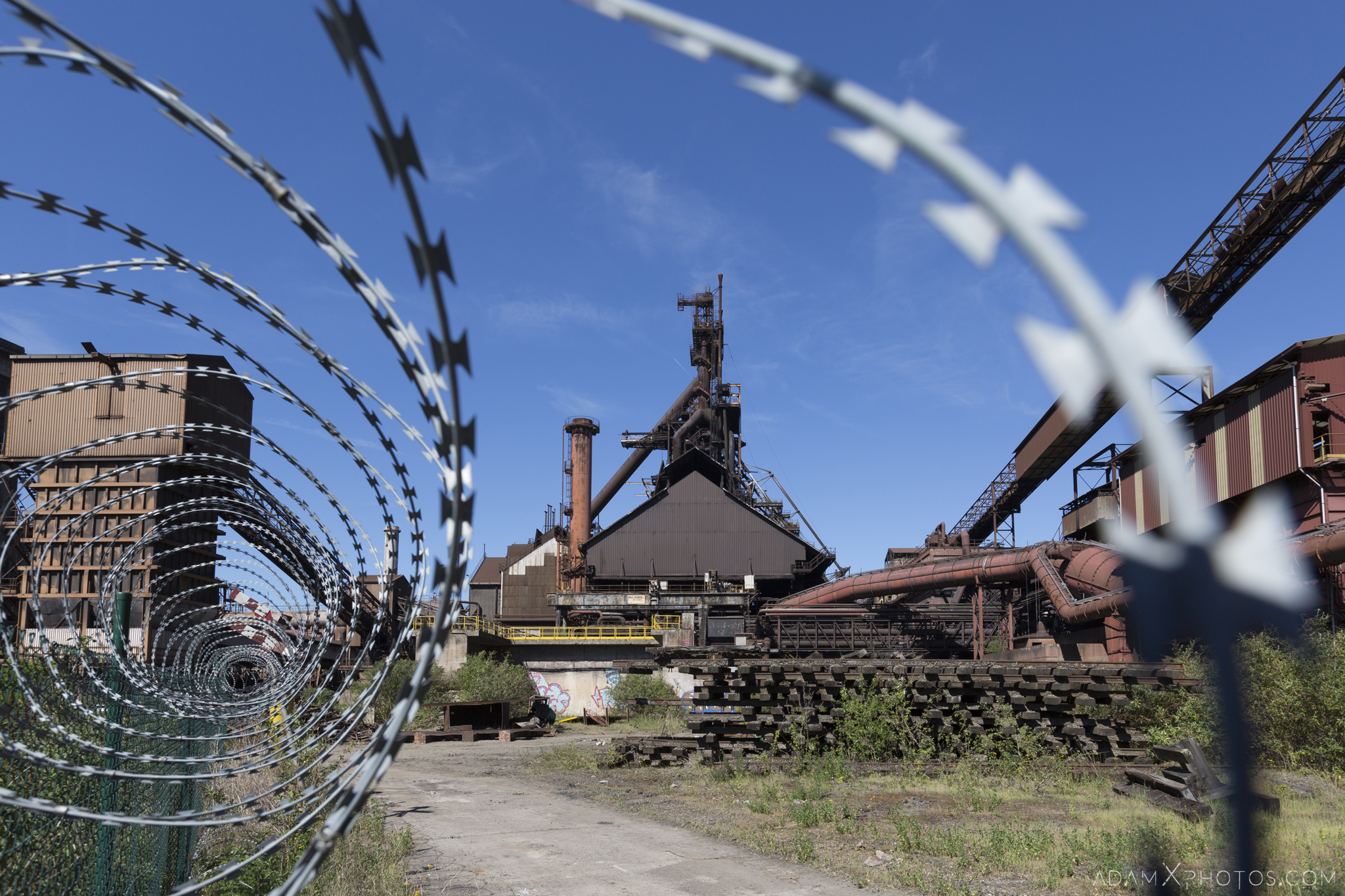
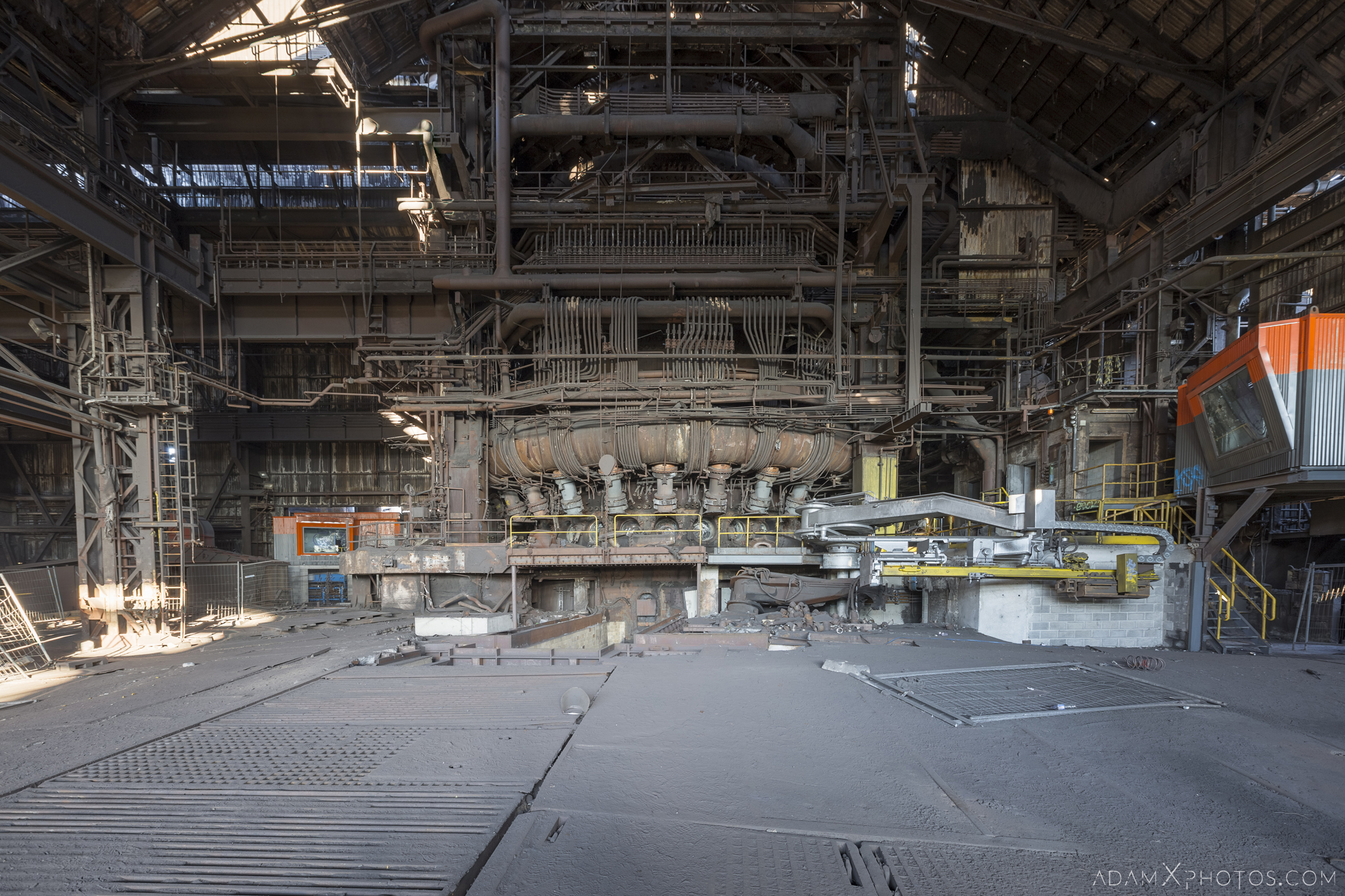


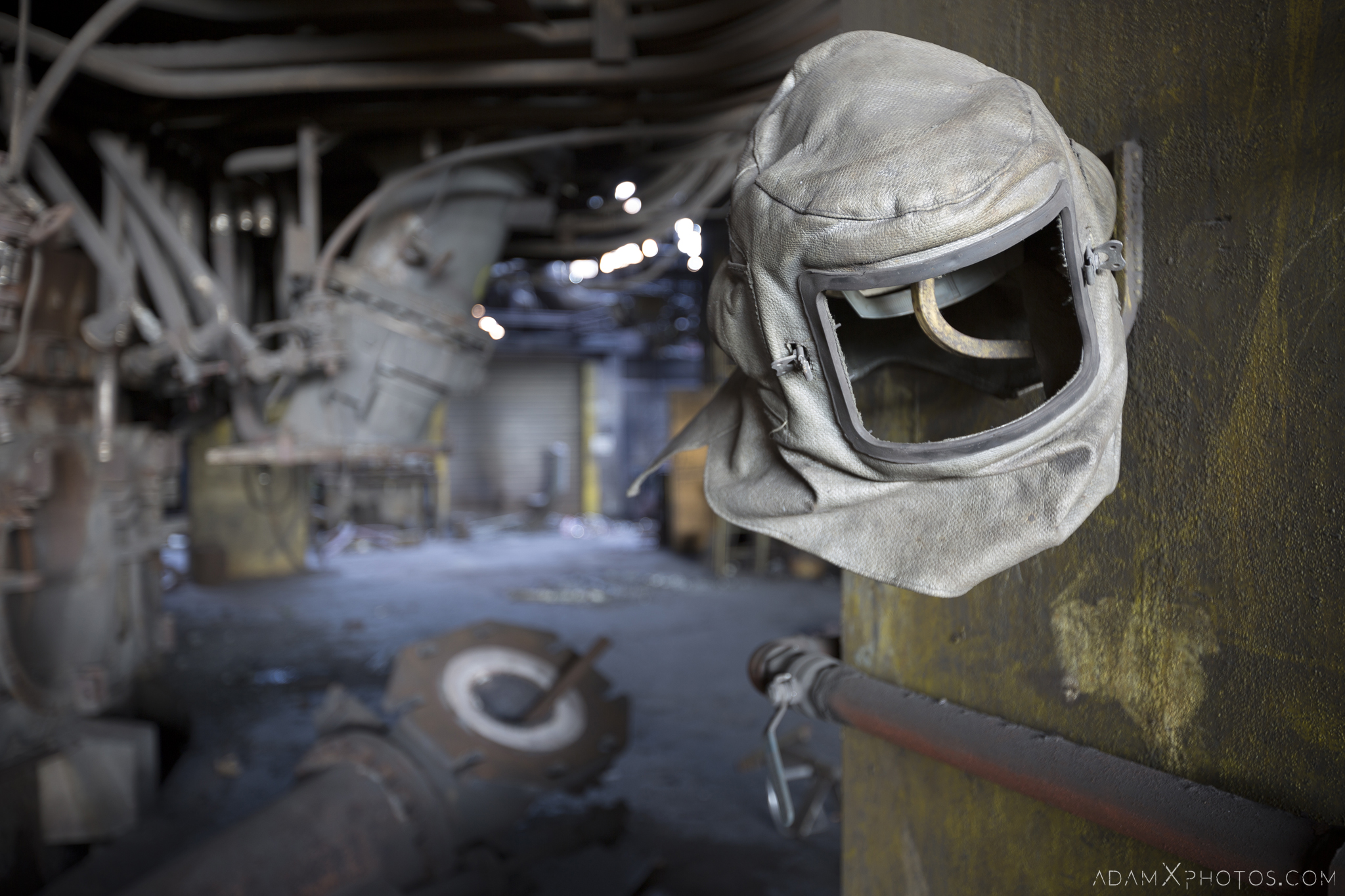
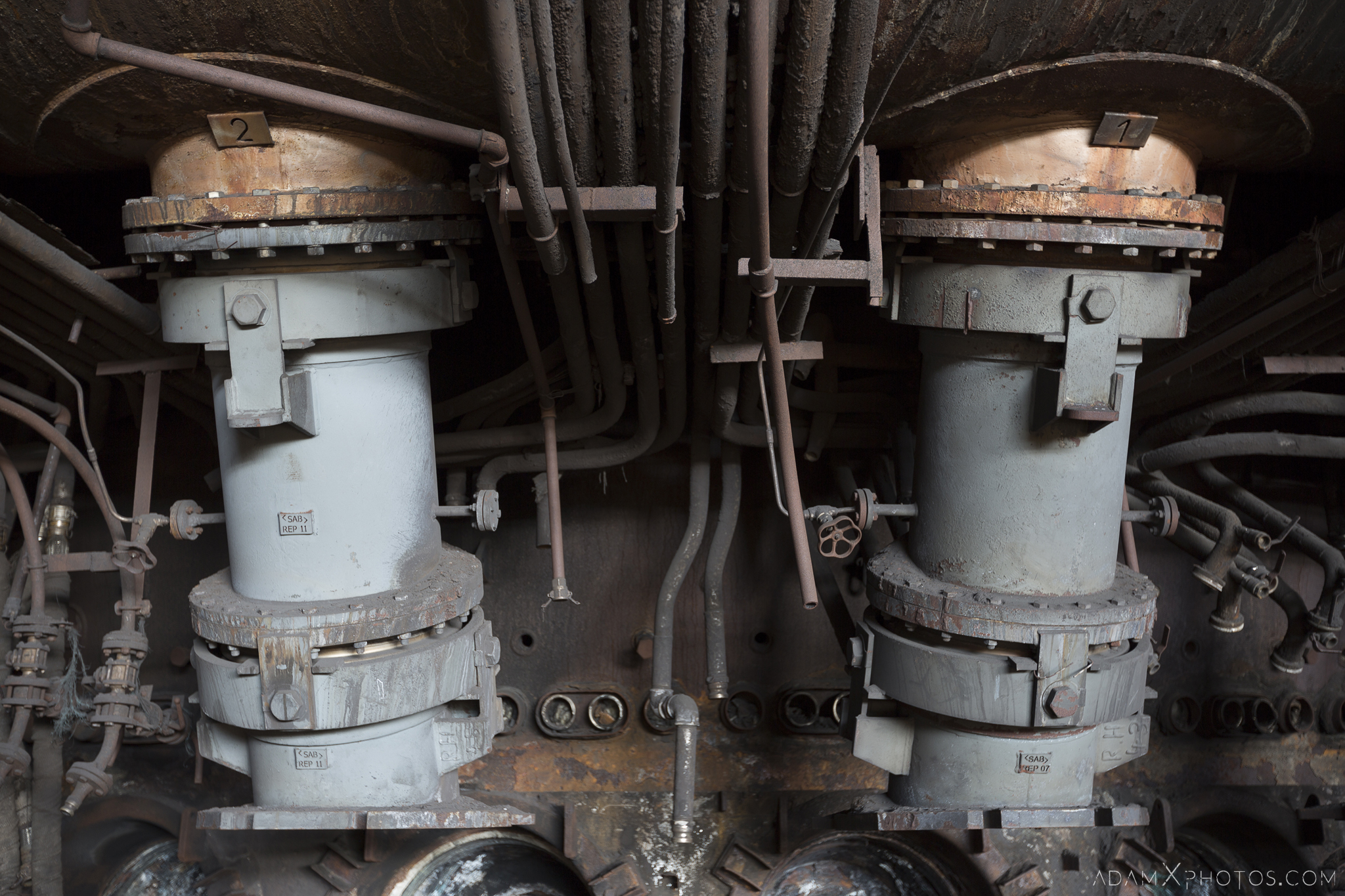
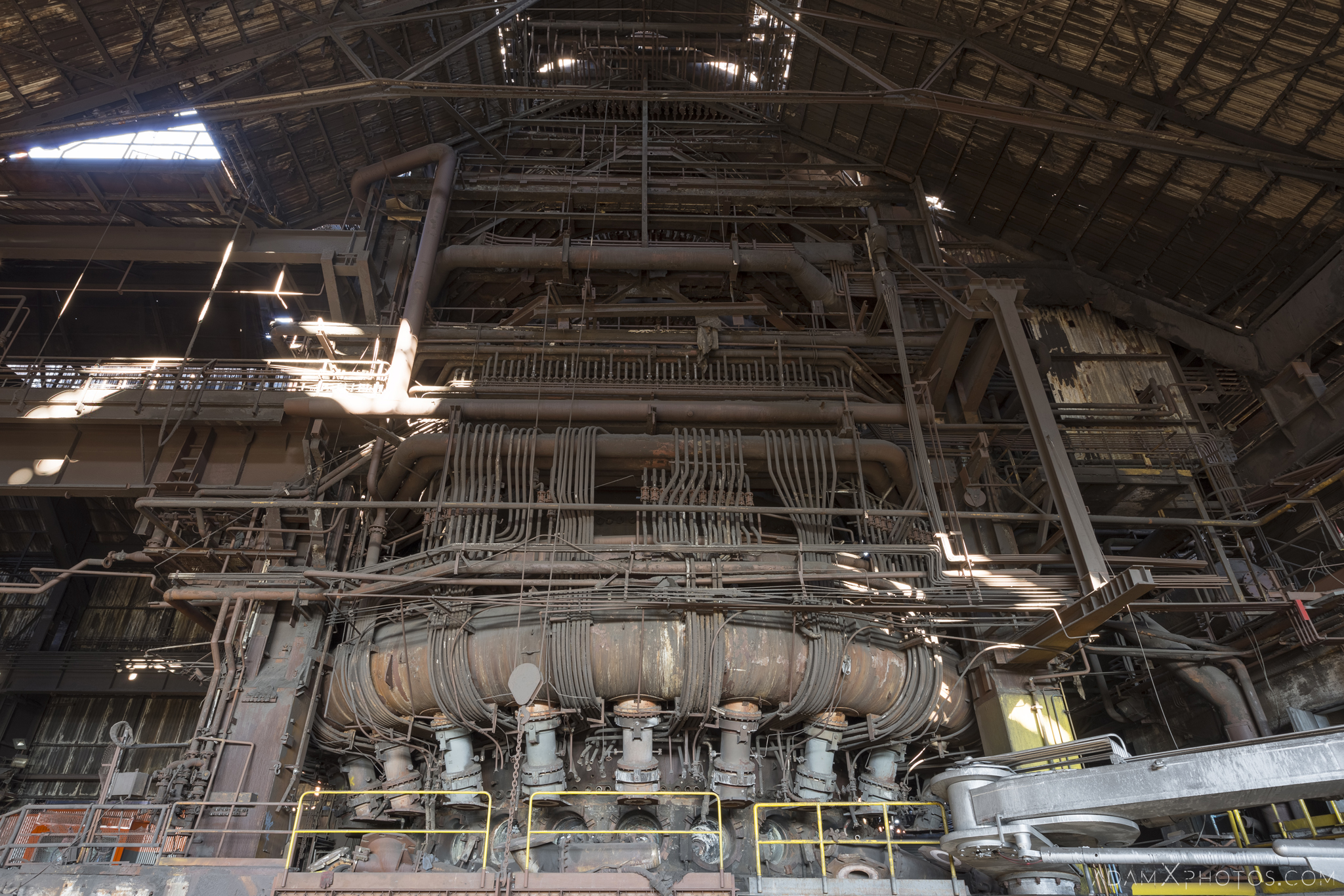
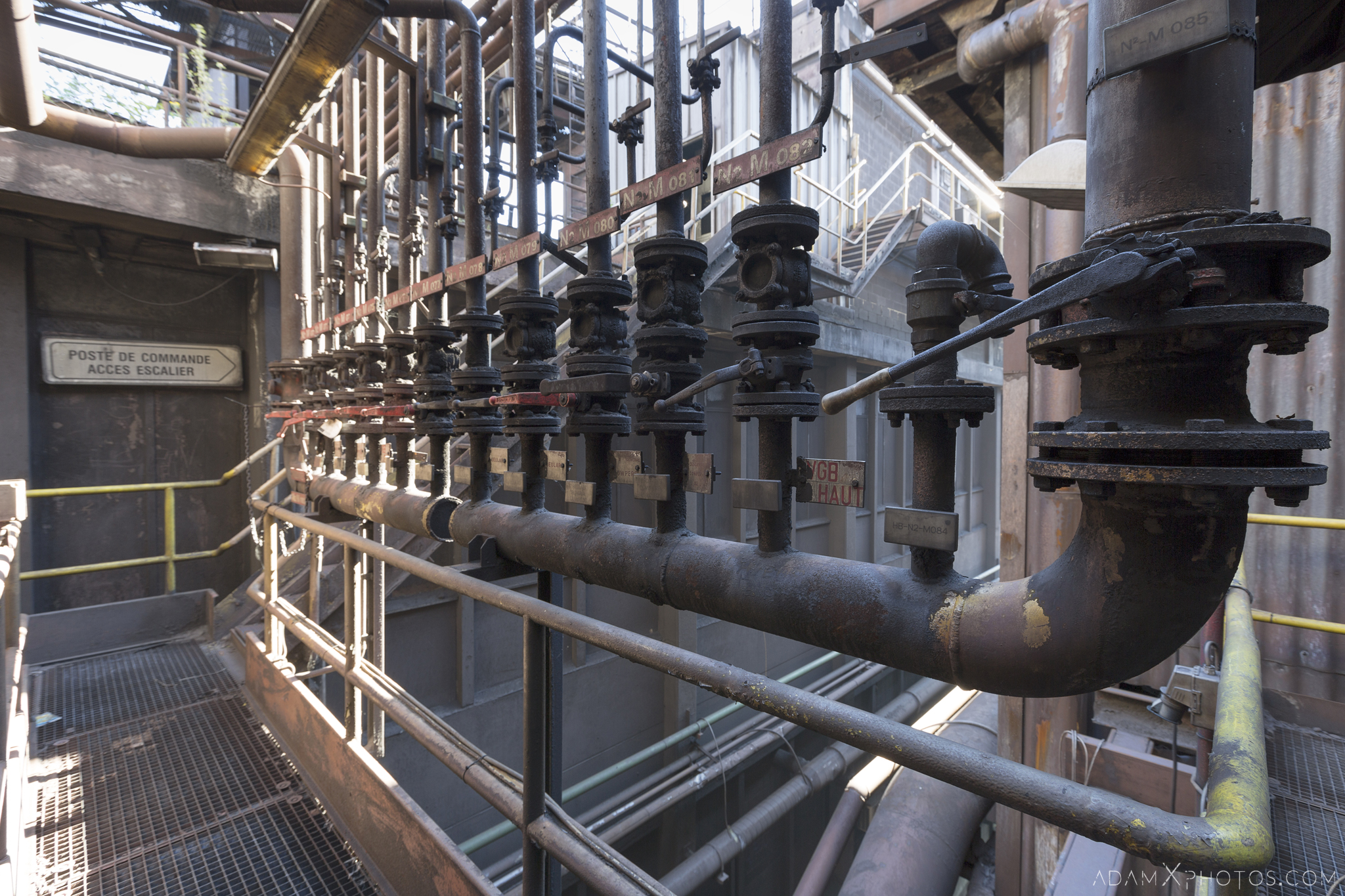

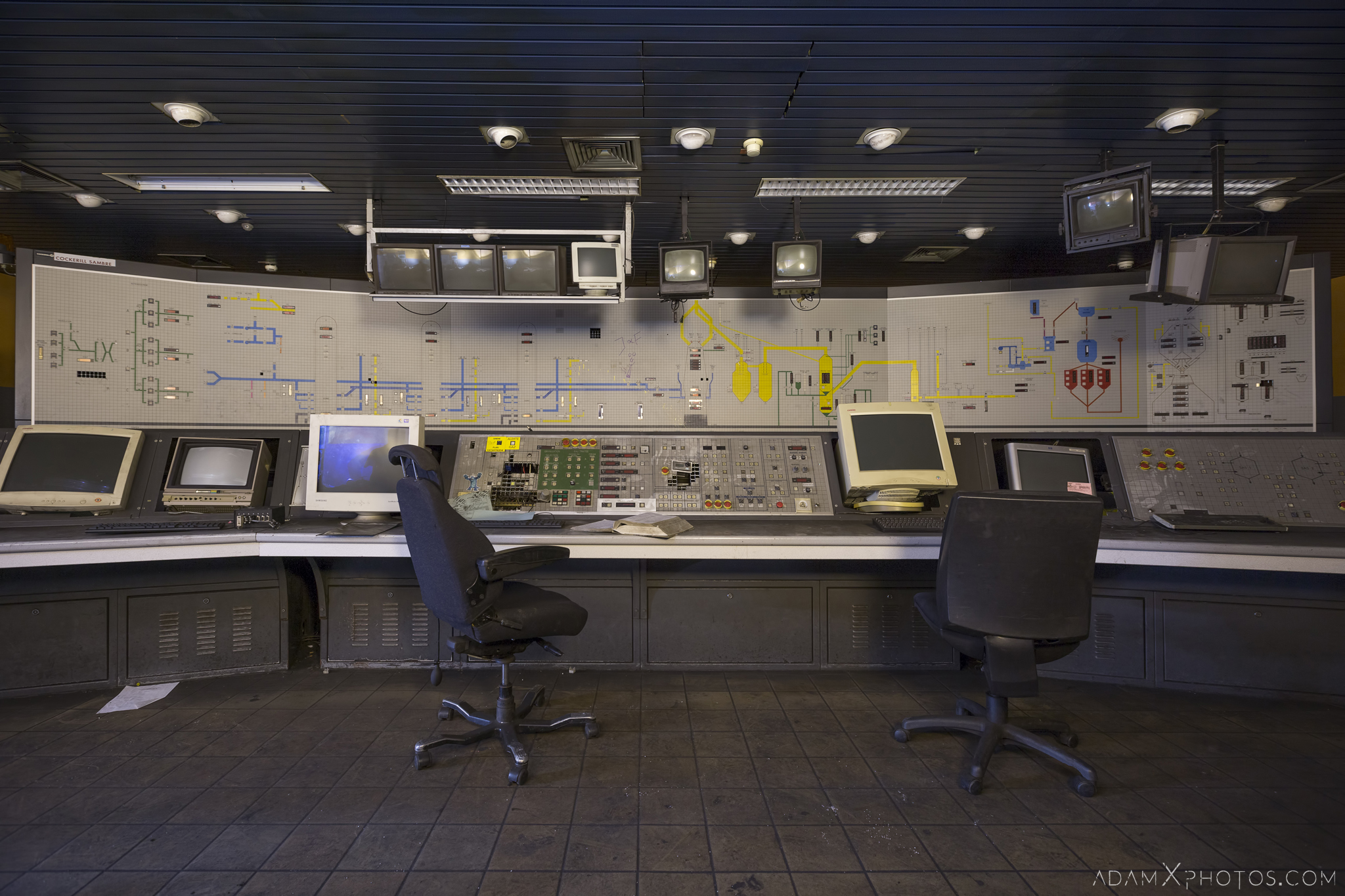
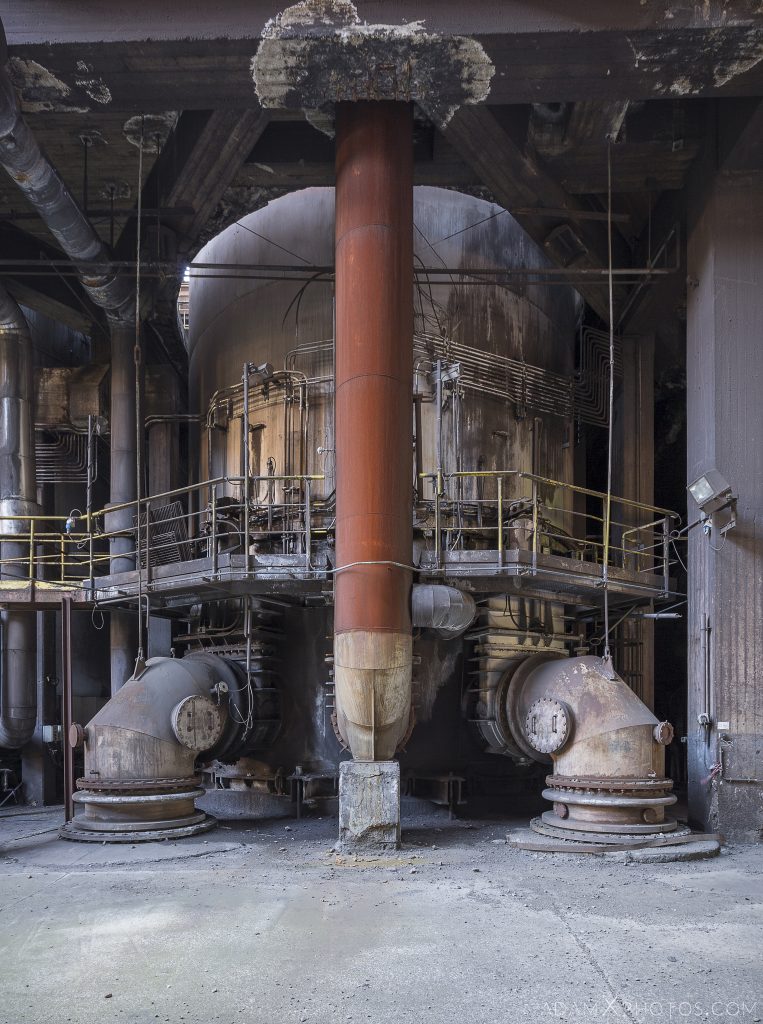
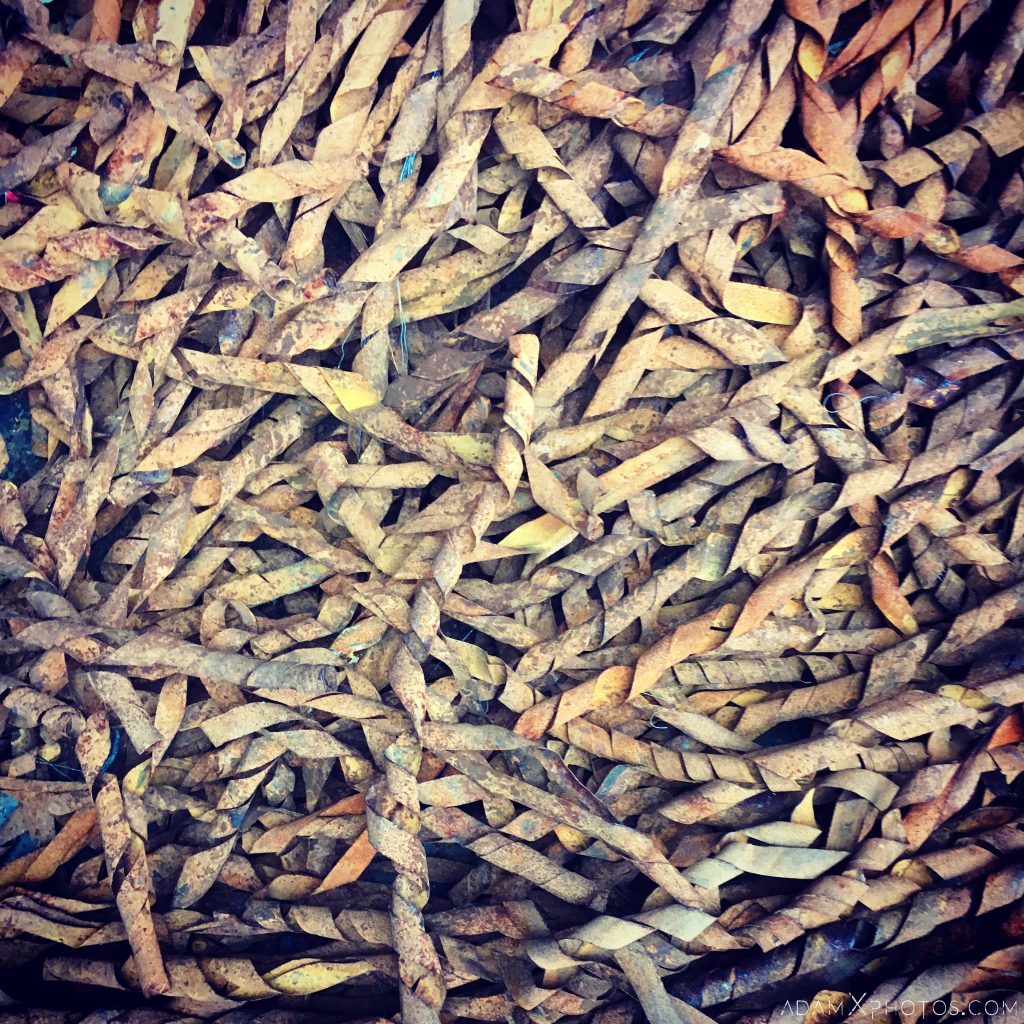


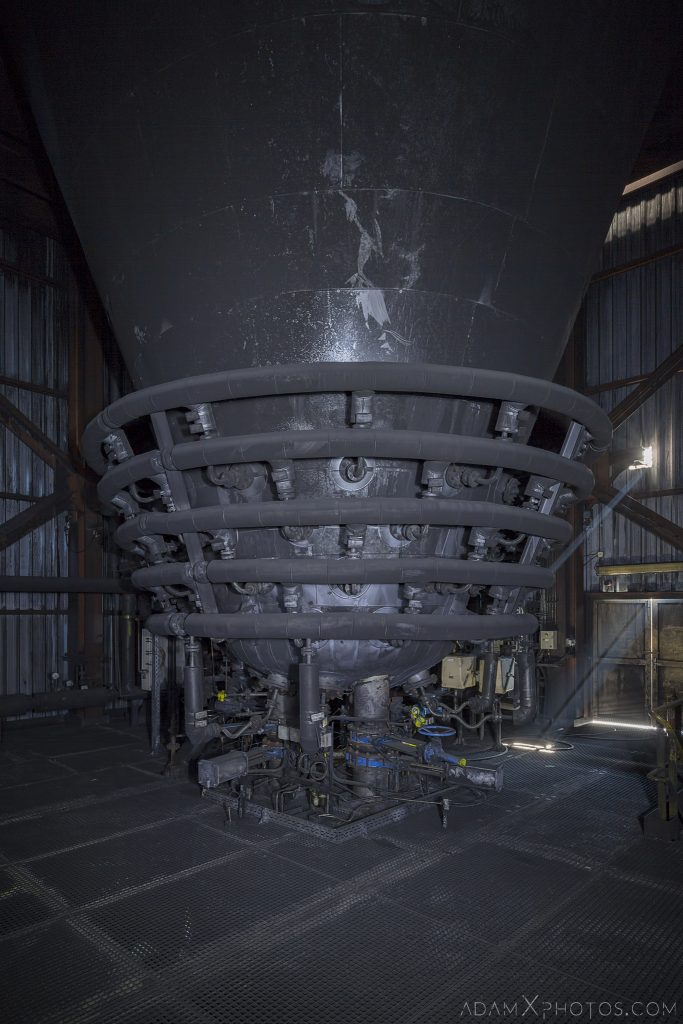

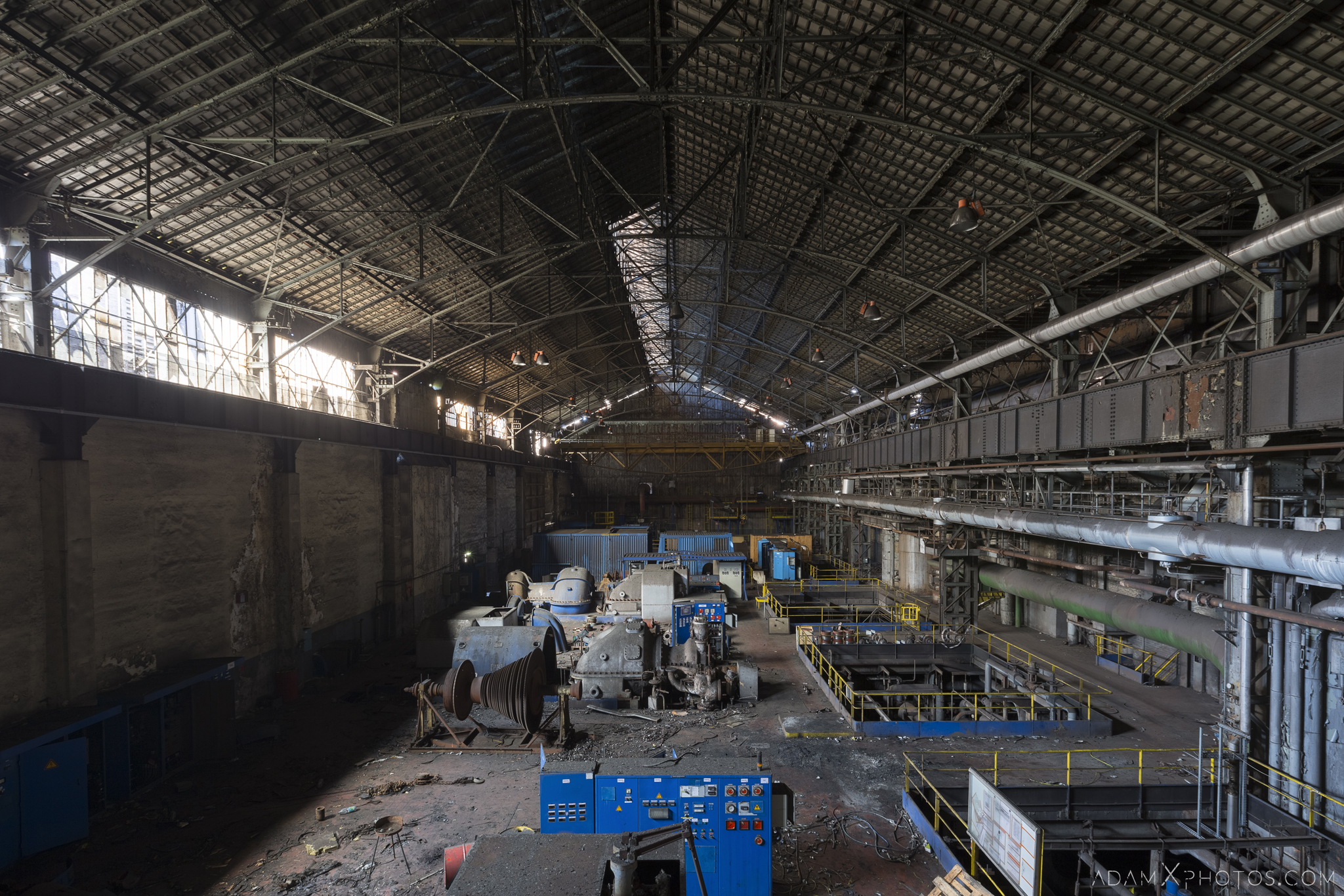
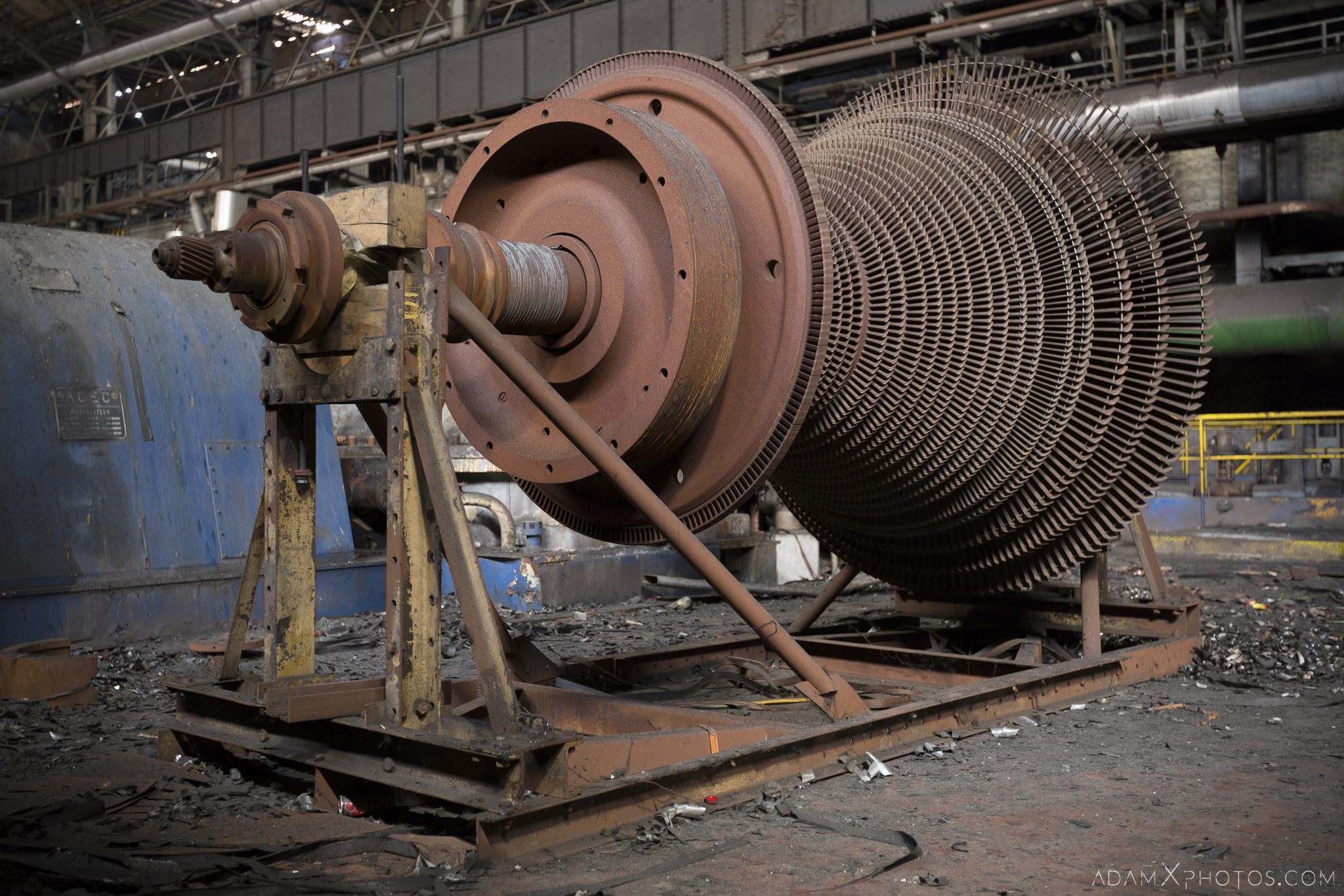
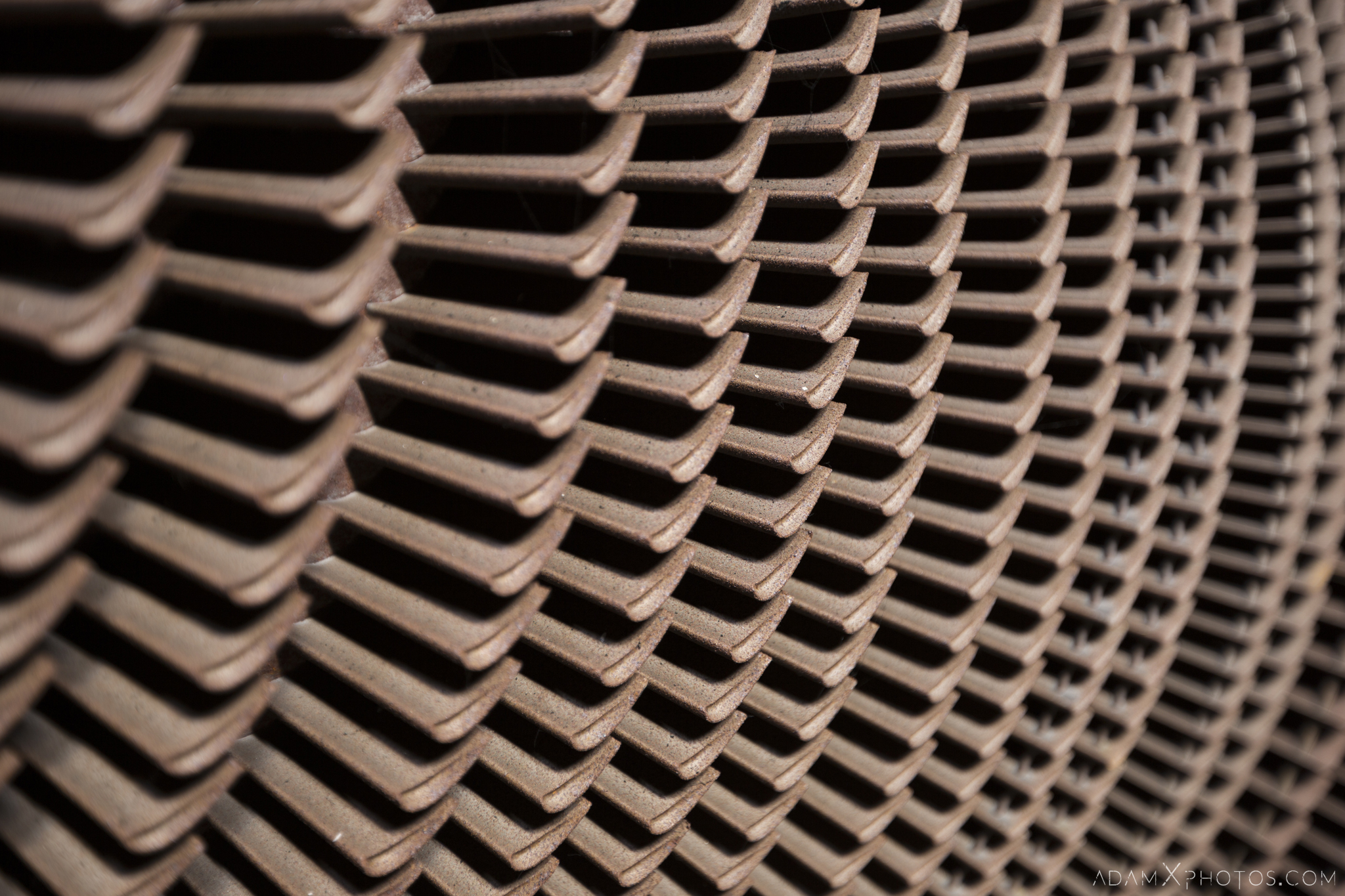



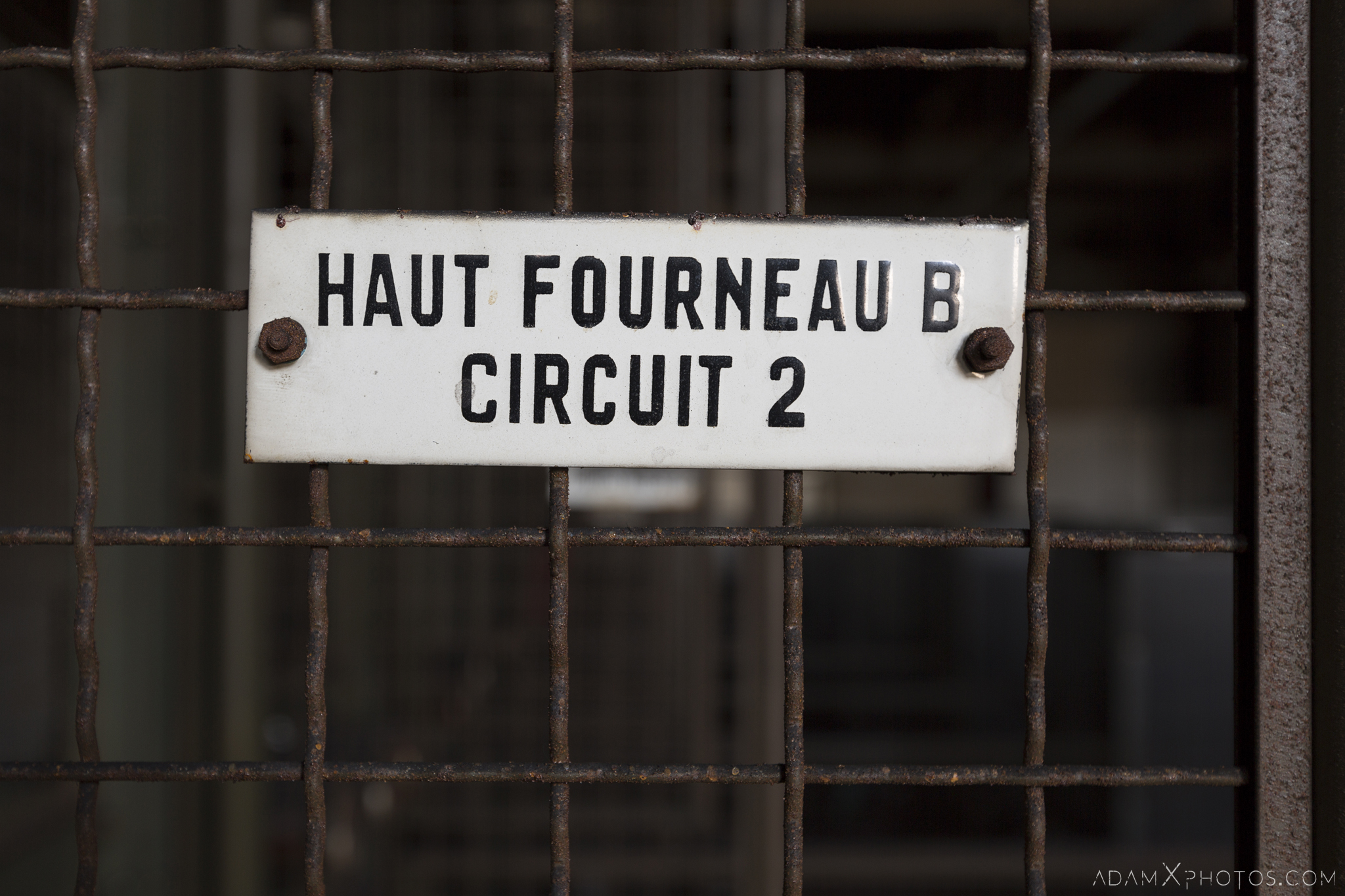

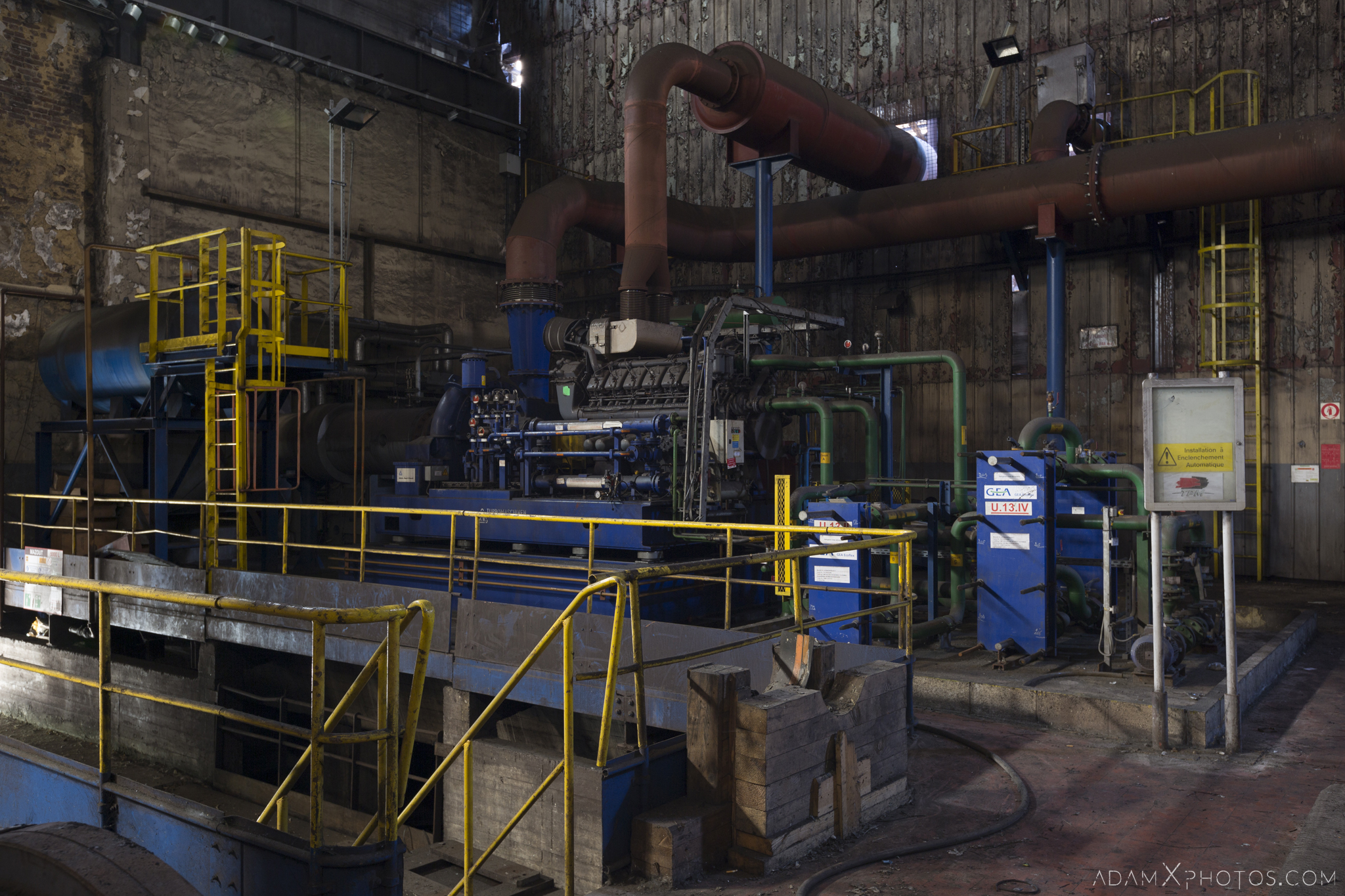
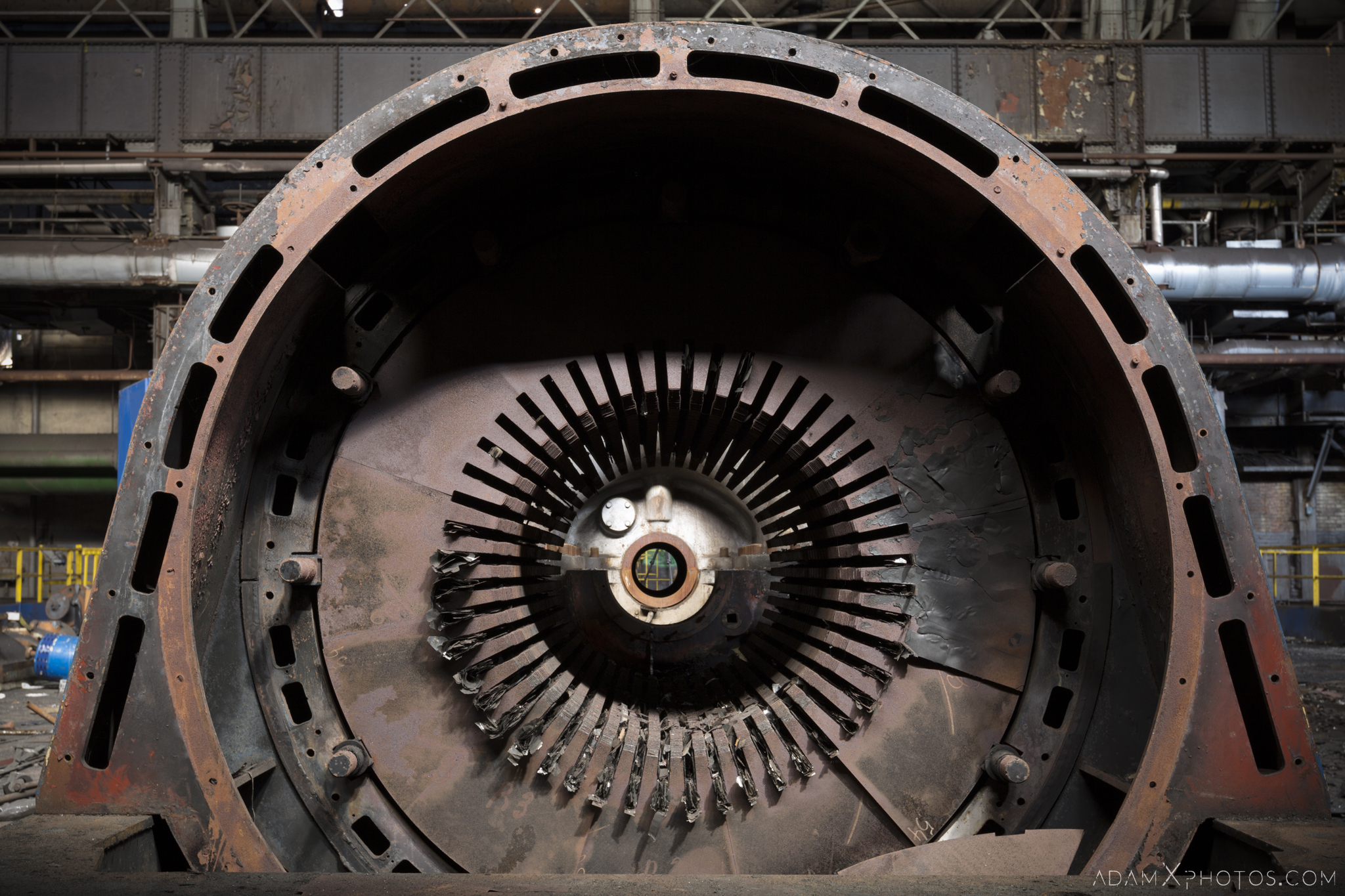
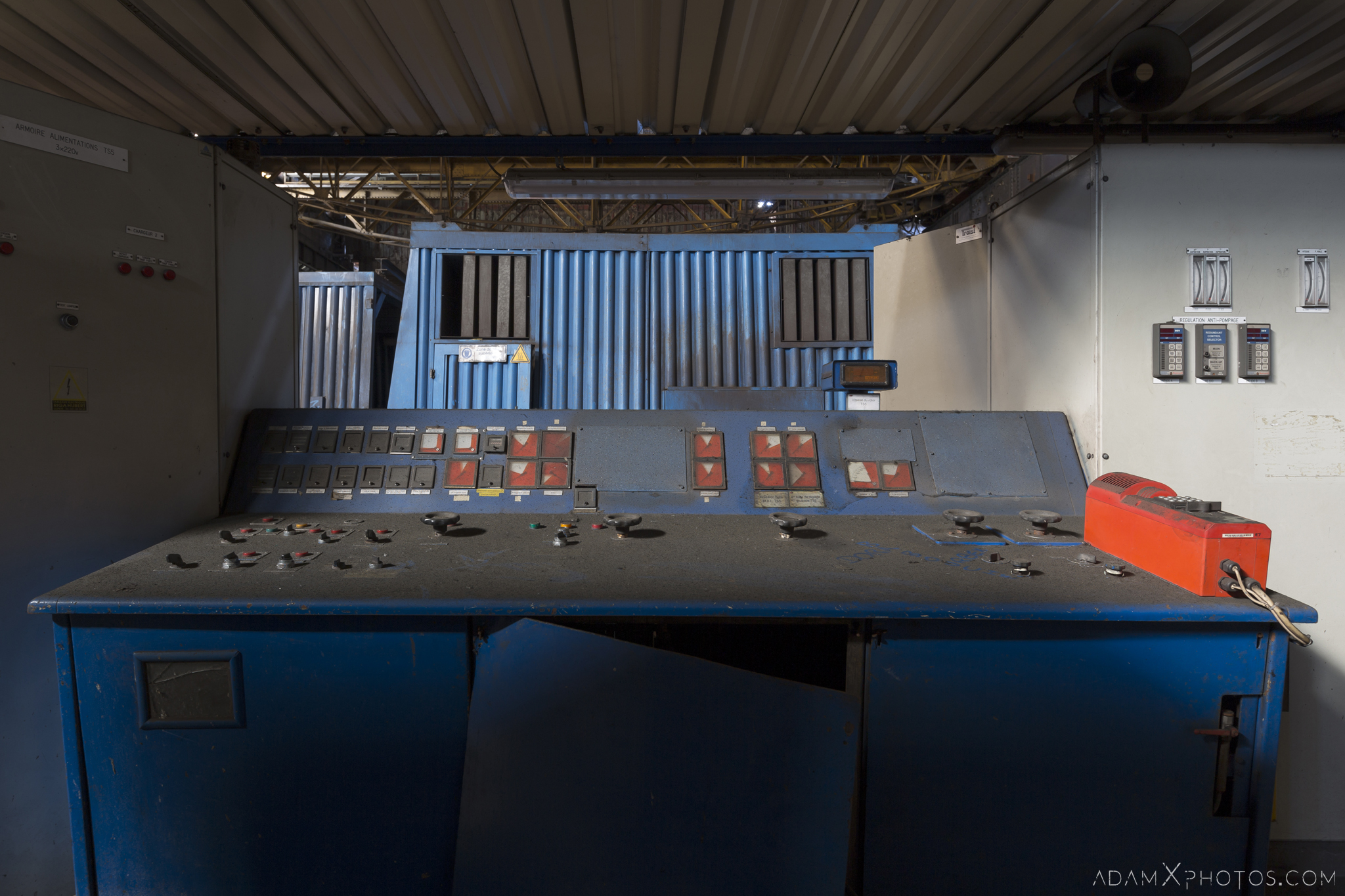
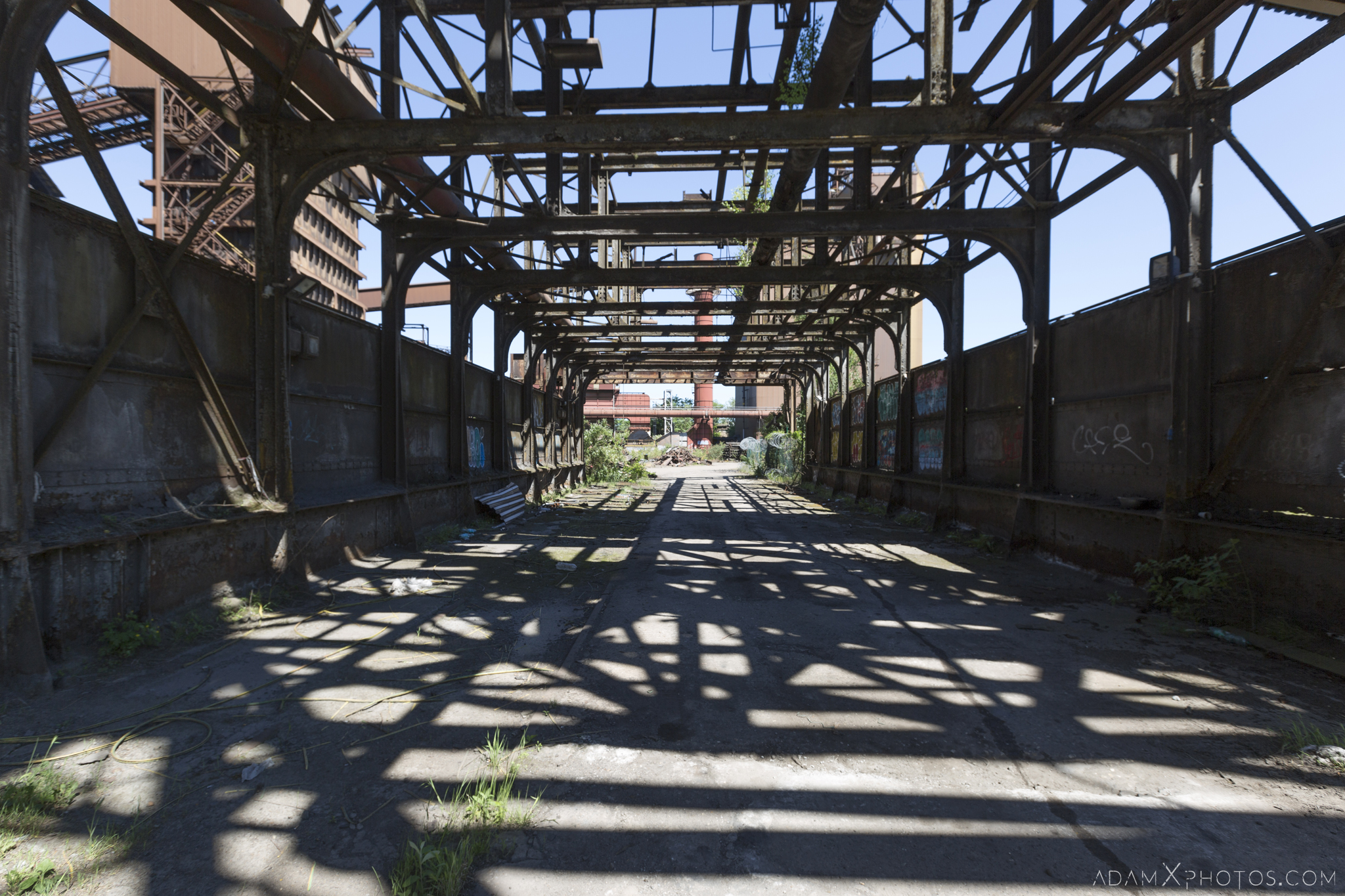
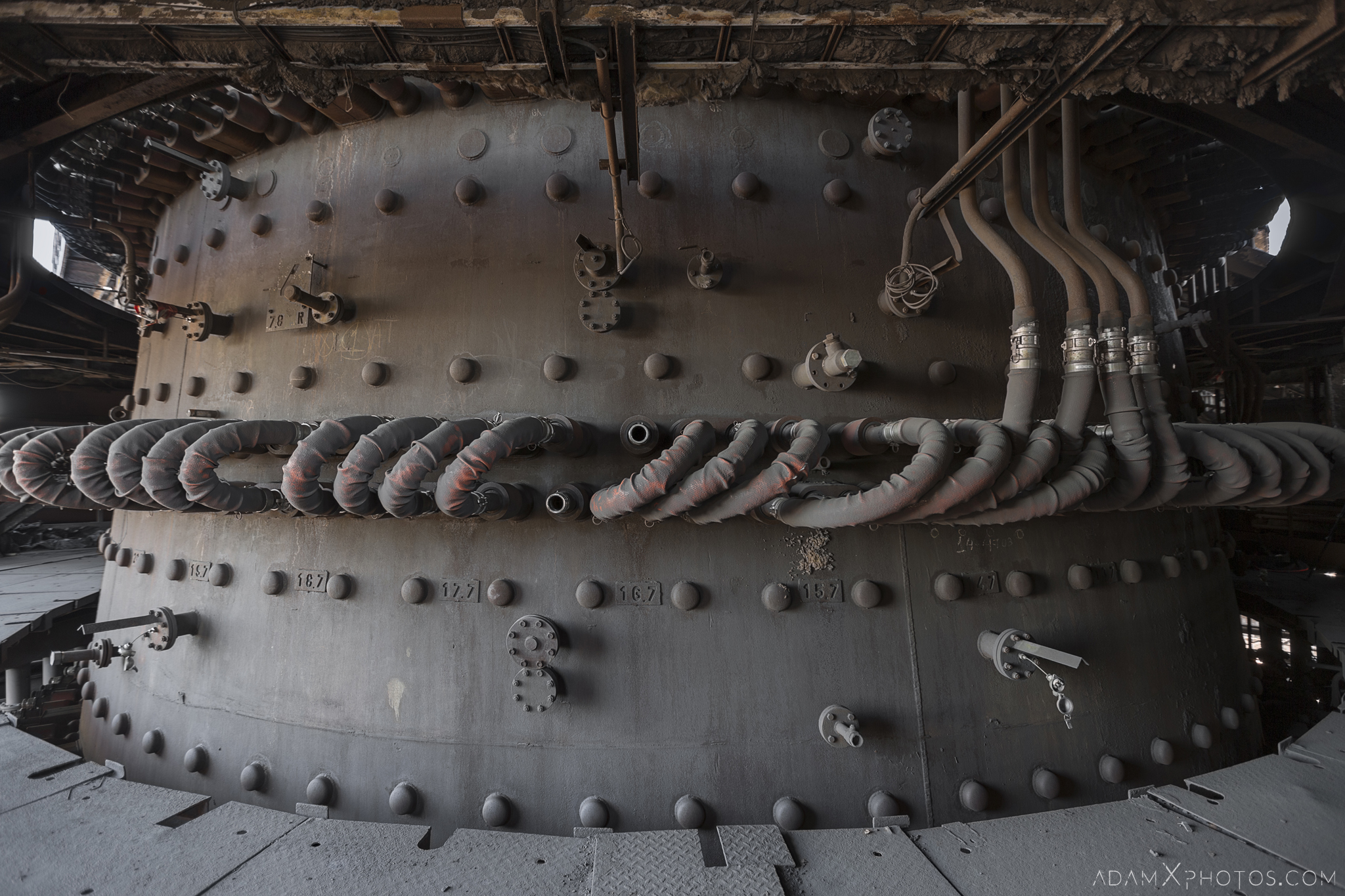
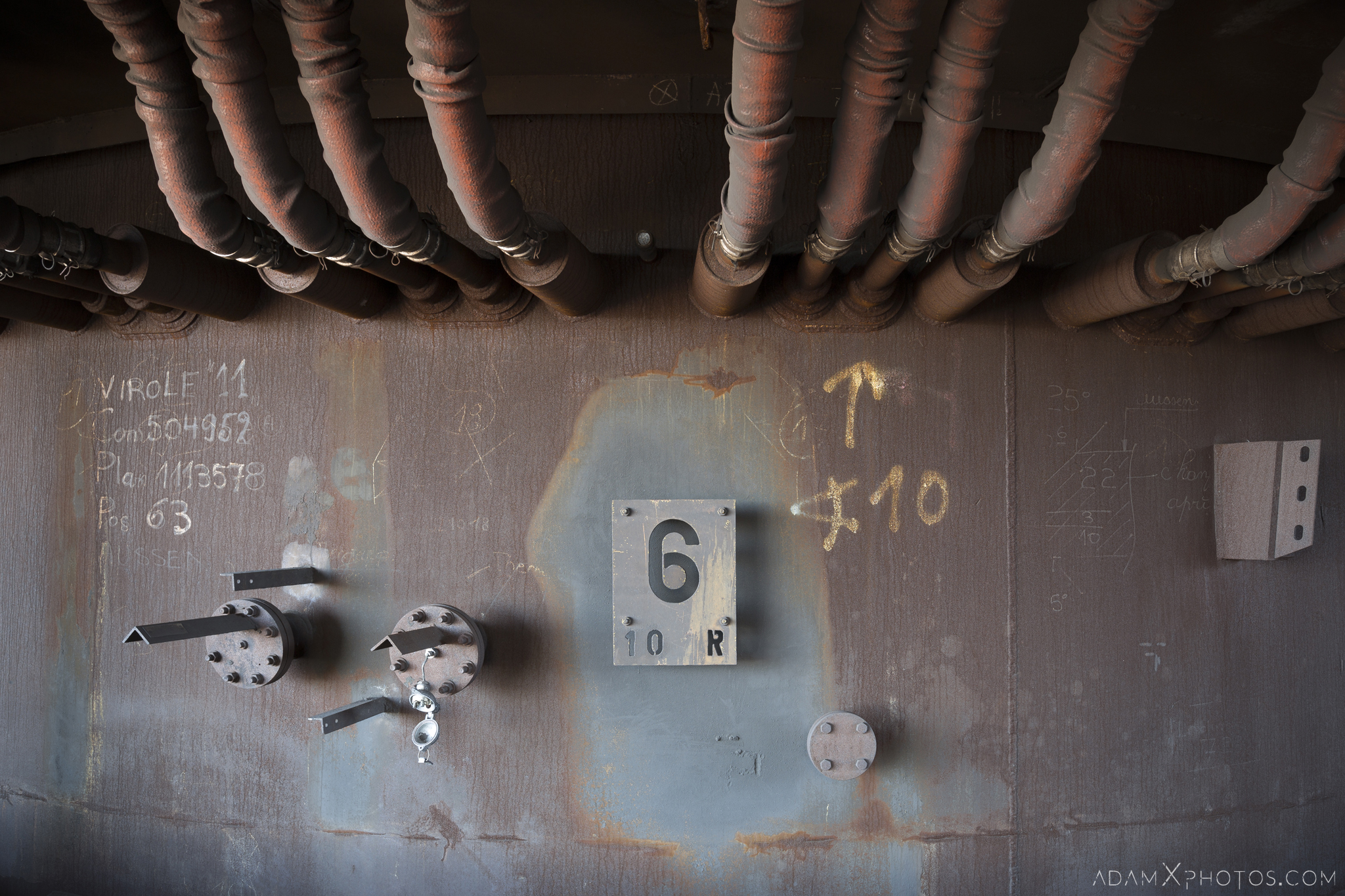
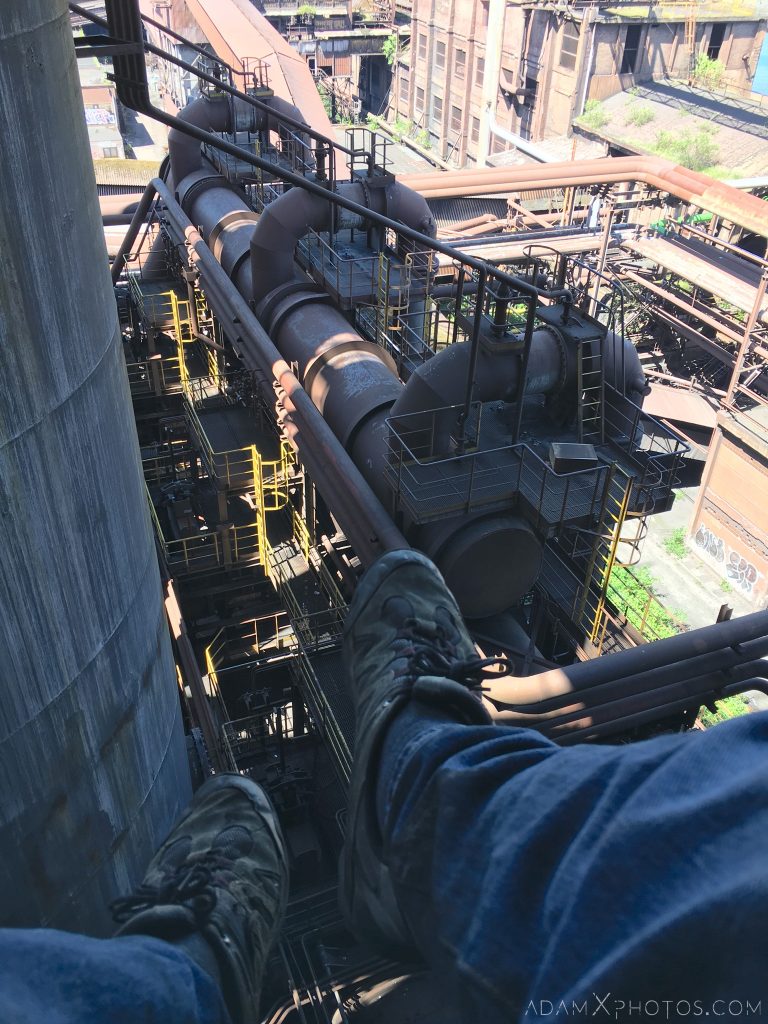
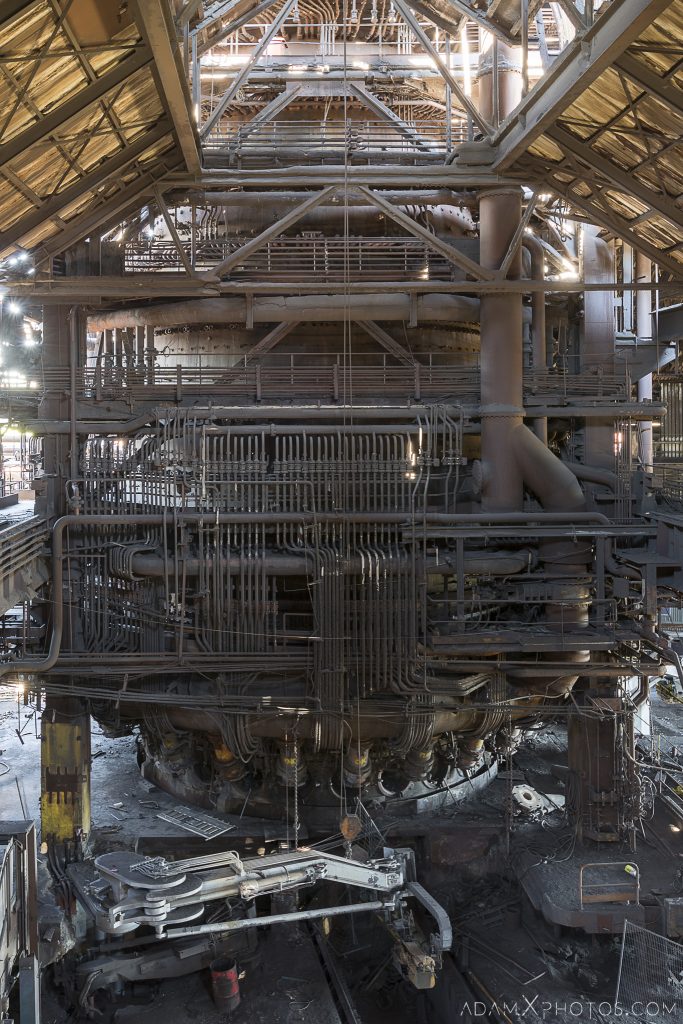
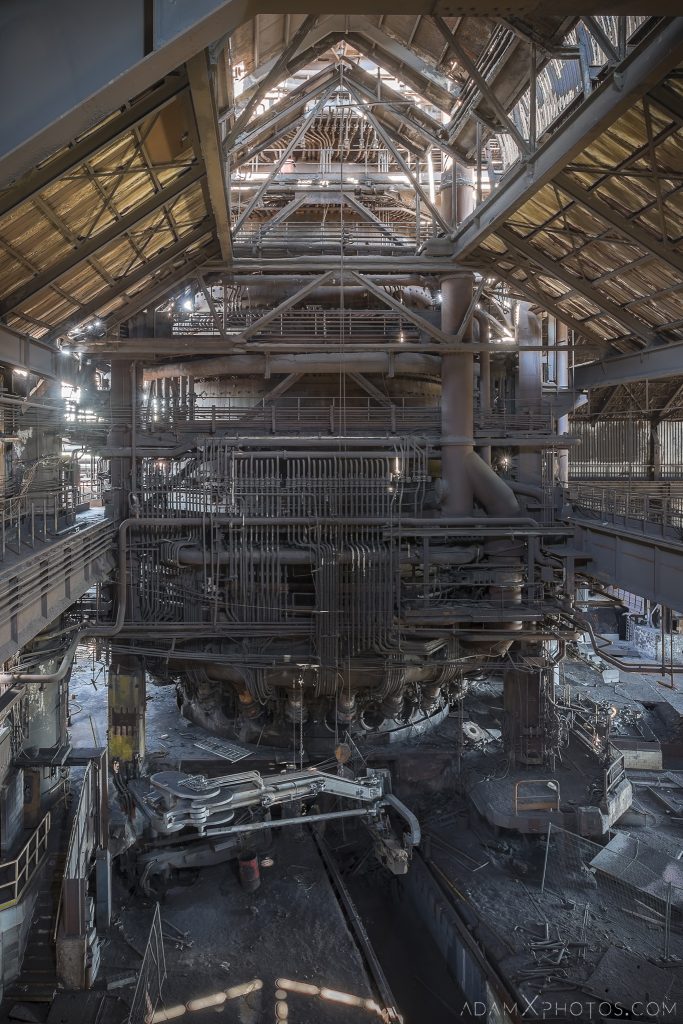
4 comments
Awesome =)
Look. What lens are you using?
Thanks – mainly a Canon 16-35 f/2.8 mk2
Fantastic set of images from a great location.
Thanks Antony – much appreciated!